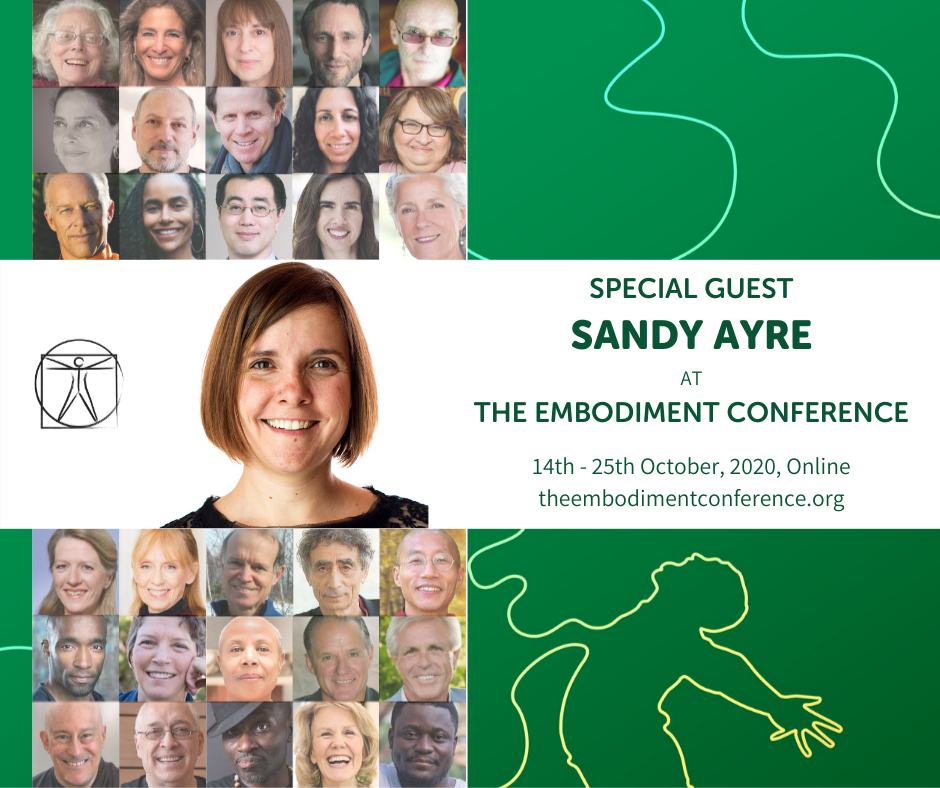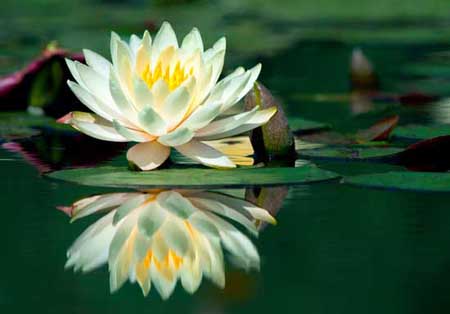"After silence, that which comes nearest to expressing the inexpressible is music." - Aldour Huxley2/29/2012 Dear Readers, What music moves you? I would love to hear what songs touch your soul. Feel free to comment below… What Else Can I Do? By Karla Anderson
0 Comments
"Physicality is a gift. It lets us literally touch each other. I am not interested in theories or practices aimed at getting out of here. I do not want to focus on preparing to go to heaven or evolving into formlessness. I want to learn how to be here fully, in this body, in this world. And I want to live in a world infused with the power of. . . . physical sensation inseparable from heart and soul that calls us to live. . . . The meaning enfolded in our very cells is unfolded as we touch and are touched. This is Beauty.” ~ Oriah from The Invitation (c) 1999 I love this quote by Oriah Mountain Dreamer. I don’t think I would have always loved it – if I would have read it 14 years ago, I would have disagreed. It was then that I wanted to escape the pain of living in the horrid reality of death so badly that I searched and explored for any way to connect with the “world beyond.” For me, I wanted proof of the afterlife, and a way to connect to the formless forms, to find answers. I craved to be re-assured that there’s some deeper meaning to this life. In hindsight, that is how I embarked on (the darkest part of) my spiritual journey – searching for meaning and answers to the answerless question – what happens after someone dies? Throughout the years, and through my practice of yoga and meditation, I found my answer. I had to go on living…somehow…and believing in something…in a way that I could cope with suffering day after day after day….and year after year…because no life is ever granted immunity to suffering. I decided to find my own answers to my most difficult questions by learning what feels right within me, and inevitably what doesn’t feel right. “Believe what you need to,” I told myself. What started as a search to connect with things/beings/answers outside this physical world, turned into a deep and honest trust that all the answers I need are within me. I know it sounds cliche, but if there is one thing my suffering has taught me, it’s that I have internal wisdom beyond my conscious understanding. Through death, I realized that while I am in physical form I want to live in this physicality as much as I can. I want to be moved by all things in this world, material and natural, joyous and painful; and all the sensations and wonders of my body. This doesn’t mean just living in a “thumbs up” world – because that becomes a source of delusion. I want to live in the truth of the heart, and the depth of the experiences of this life. It is possible to have both – wonders and beliefs in the non-physical realm, as well as the physical. I’ve developed my own beliefs about life after death, and these beliefs influence my life, my rituals and my prayers, but as far as experiencing this life I’ve been given, this body I’m blessed to have, I want to be here and in my body and mind completely. It was my yoga practice that re-connected me to my body and my life. Class after class I was guided to notice my internal experience. All my sensations, emotions, and thoughts. What seemed like an onslaught at first, turned into a guidebook to my (unique) life. My relationship to my internal experience changed – what first felt like a war, turned into an awareness that this suffering woman (amidst a war), needed kindness and compassion. Overtime, this awareness and relationship gave me counsel on how to live my life, which was extremely valuable and supportive as I re-built my life. Yoga teaches me to live in an embodied way. I do my yoga when I am confronted with a difficult conversation or situation, and I notice what wisdom my body is relaying from it’s depth. By slowing down and committing to practices of self awareness and contemplation (yoga and meditation), I find choices where I once felt there were no options, and control where I once felt there was chaos. My yoga practice involves manifesting my internal life in a way that is true, supportive, and nurturing. Suffering will never be eradicated from my life, or from anyone's life, but it is in this wisdom of embodiment where I can find the ability to cope with suffering. Even when it feels like I am taking two steps backwards, I remind myself that even that (seemingly negative) sense is part of living in an embodied way, and the most important part is that I am aware, because with awareness I can create choice, and from there, take wise action. Embodied life means being willing to experience life in it’s entirety – including the joy and the pain. In the words of Oriah, “I want to learn how to be here fully, in this body, in this world. And I want to live in a world infused with the power of. . . . physical sensation inseparable from heart and soul that calls us to live. . . .” Namaste Sandy (blog post updated September 2020) Join me at the Embodiment Conference October 14 - 25 2020 I'll be presenting October 14th at 7:00 pm MST Kindness
Before you know what kindness really is you must lose things, feel the future dissolve in a moment like salt in a weakened broth. What you held in your hand, what you counted and carefully saved, all this must go so you know how desolate the landscape can be between the regions of kindness. How you ride and ride thinking the bus will never stop, the passengers eating maize and chicken will stare out the window forever. Before you learn the tender gravity of kindness, you must travel where the Indian in a white poncho lies dead by the side of the road. You must see how this could be you, how he too was someone who journeyed through the night with plans and the simple breath that kept him alive. Before you know kindness as the deepest thing inside, you must know sorrow as the other deepest thing. You must wake up with sorrow. You must speak to it till your voice catches the thread of all sorrows and you see the size of the cloth. Then it is only kindness that makes sense anymore, only kindness that ties your shoes and sends you out into the day to mail letters and purchase bread, only kindness that raises its head from the crowd of the world to say It is I you have been looking for, and then goes with you everywhere like a shadow or a friend. - Naomi Shihab Nye “Now, Arjuna, I will tell youabout the three kinds of happiness.The happiness which comes from long practice,which leads to the end of suffering. which at first is like poison, but at lastlike nectar – this kind of happiness,arising from the serenityof one’s own mind, is called sattvic. Rajasic happiness comesfrom contact between the sensesand their objects, and is at firstlike nectar, but at last like poison. Happiness is called tamasicwhen it is self-deludingfrom beginning to end, and arisesfrom sleep, indolence and dullness.” Bhagavad GitaTranslation byStephen Mitchell[18.34-38] The Bhagavad Gita is a Sanskrit text, held within the ancient epic poem, the Mahabharata. The date the Gita was written is widely disputed, ranging from the 6thcentury BC to the 1st century AD. The Gita takes places on a battlefield, during the Kurukshetra War. It is a dialogue between two characters: Arjuna, the warrior, who symbolically represents each and every one of us, and Krishna who represents the incarnation of the ultimate mystery of existence (God, Om, the Higher Self, Divine Energy, Universal Consciousness – however you describe that which is bigger than us).
The Bhagavad Gita is a poem of the dialogue held between Arujuna and Krishna. Literally, it is about Arjuna’s hesitancy to wage war against his kinsmen. More deeply, it can be seen as an allegory – representing the good and bad qualities of human existence; our higher consciousness versus our senses, thought, and physical, death bound existence. The Gita is about a call to action. It gives personal instruction on how to live, showing the potential for transformation and ultimately divine realization. It describes the need for action – mindful and devotional action, in the context of a deathless, grander existence. What I love about the stanza I have quoted above, is the paradoxical truth stemming from the internal battle between our search for happiness, and inevitable suffering we all face. We look for happiness and freedom from suffering in all the wrong places – for example, the perpetual acquisition of material goods, staying extremely busy and active to avoid facing painful parts of your life that keep calling for attention, or numbing out with the use of alcohol and drugs. Although these may feel good in the short term, in the end they will lead to more suffering. The wisdom of yoga reminds us that we cannot avoid our life – we cannot selectively numb ourselves to our bad experiences, anymore than we can try to cling to and hang onto our good experiences. Yoga teaches us a middle way, where we understand the nature of the mind as it relates to, and even creates our suffering. It is through this direct understanding that we work with our suffering, in order towork through it. Contrary to popular belief, it is our experience of adversity and hardship that eventually creates wisdom and deep internal serentiy. Yoga invites us to understand the true nature of our minds, and fight our “battles” with proper consciousness and awareness – by neither dispelling and avoiding our experience or clinging to it. To face the truth of our lives takes tremendous courage, over and over again, opening up to both the joy and the pain, all the while, practicing mindful conscious action; Which, inescapably comes from a place of not knowing the outcomes of our actions. And, from here the practice becomes surrendering to the mystery, and trusting that (with time) growth will prevail. The imagry of the lotus is often used in eastern practices and cultures. The lotus grows and is nurtured from the muckiness in the bottom of the pond. It grows up through the murky water and into the air – a beautiful flower resting on top of the pond – gently moving with the ripples and tides of the water. Our yoga practice teaches us to trust that we can and will grow from the dirt of our experience…and that we will learn to flow with the tides of our lives. A modern day quote that speaks about the age-old wisdom of the Bhagavad Gita, is wisdom from Jon Kabat-Zinn’s book Wherever You Go There You Are: “You might be tempted to avoid the messiness of daily living for the tranquility of stillness and peacefulness. This of course would be an attachment to stillness, and like any strong attachment, it leads to delusion. It arrests development and short-circuits the cultivation of wisdom.” Namaste, |
AuthorSandy Ayre Categories
All
Archives
December 2022
|
Classes
|
Helpful Info
|
|



 RSS Feed
RSS Feed
